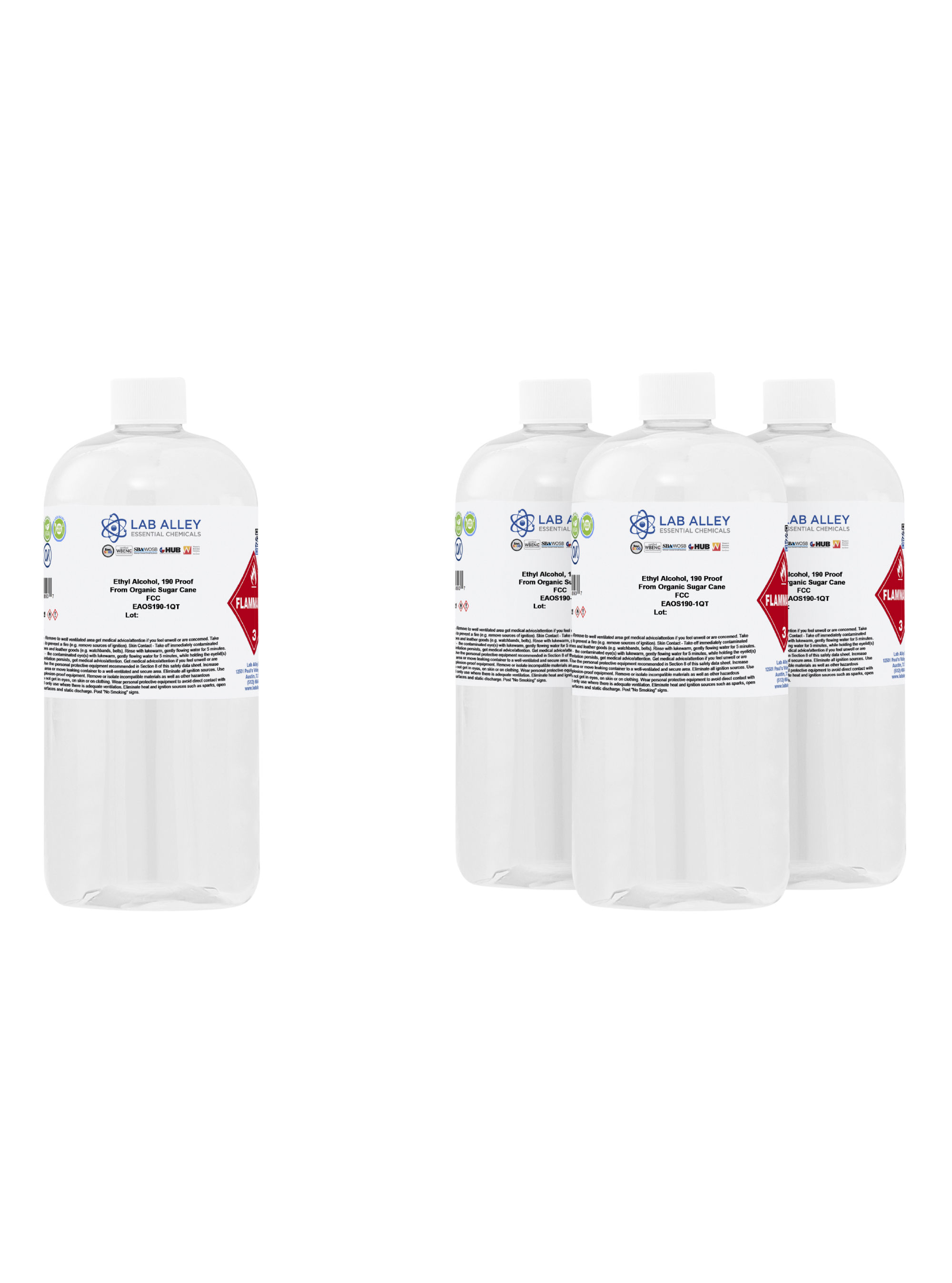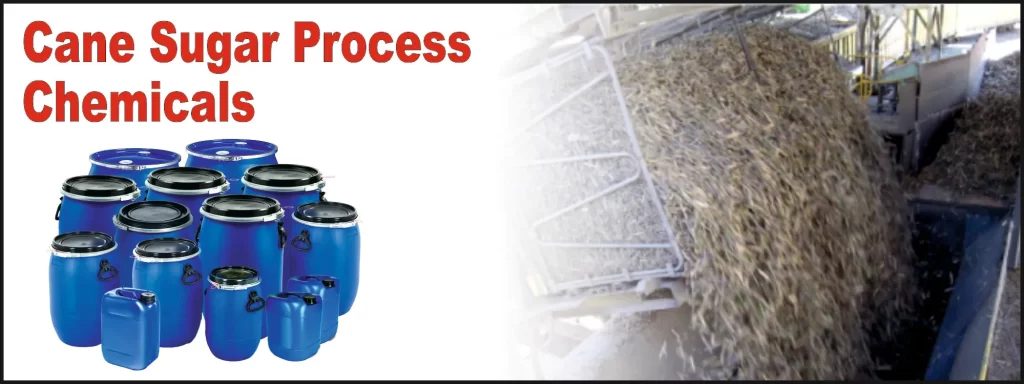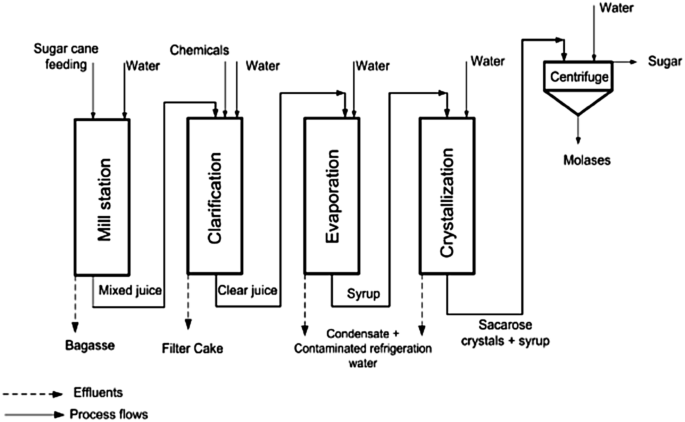How Chefs Around the World Showcase What Is Sugar Cane Used For
Checking Out the Versatile Use Sugar Cane Beyond Sugar
Sugar Cane is usually associated entirely with sugar, yet its applications expand far past. This functional plant plays an essential function in numerous markets, including biofuels and bioplastics. Additionally, its fibers add to sustainable building and fabrics. The economic effects of sugar Cane manufacturing additionally highlight its value. As advancements proceed to arise, the possibility of sugar Cane to drive ecological and economic developments comes to be significantly apparent. What various other shocks does this resilient plant hold?
The Function of Sugar Cane in Biofuels
As countries look for sustainable power resources, sugar Cane has become an essential gamer in the biofuels industry. This tropical plant is rich in sucrose, which can be fermented to create ethanol, a sustainable gas alternative to fossil gas. The growing of sugar Cane for biofuel production not just decreases greenhouse gas emissions yet additionally adds to power safety and security, especially in sugar-producing nations.
Moreover, sugar cane-derived ethanol can be blended with gasoline, enhancing its octane ranking and lowering dependence on non-renewable resources. The by-products of sugar Cane handling, such as bagasse, are valuable for producing electrical energy, making the entire manufacturing cycle energy-efficient.
Study proceeds to check out advanced techniques for taking full advantage of power return from sugar walking stick, solidifying its duty in the shift to cleaner energy services. As worldwide need for lasting fuels increases, sugar Cane attracts attention as an integral element of the biofuel market.
Sugar Cane as a Resource of Bioplastics
The ecological impacts of plastic air pollution are progressively worrying, sugar Cane supplies an encouraging choice as a resource of bioplastics. Obtained from eco-friendly sources, bioplastics made from sugar Cane can significantly reduce dependence on petroleum-based plastics. These bioplastics are generated with the fermentation of sugars drawn out from the cane, causing products that can be naturally degradable or compostable, relying on their solution.
Using sugar Cane bioplastics not just reduces carbon exhausts but likewise advertises lasting agricultural techniques. By utilizing farming waste and results, the overall ecological footprint of manufacturing is minimized. In addition, items made from sugar Cane bioplastics can seamlessly incorporate into existing waste administration systems, resolving problems concerning waste build-up.
As markets seek lasting services, sugar cane-based bioplastics stand for a practical choice that aligns with worldwide efforts to combat plastic contamination and cultivate a circular economic climate.
Medicinal Applications of Sugar Walking Stick
Sugar Cane is acknowledged for its antioxidant residential or commercial properties, which contribute to various health advantages. Additionally, it has been utilized in typical remedies across cultures, highlighting its significance in all-natural medication. These attributes highlight the capacity of sugar Cane in the field of medical applications.
Antioxidant Qualities of Cane
Countless research studies have actually exposed that sugar Cane possesses significant antioxidant properties, making it an important part in medical applications. The phenolic compounds located in sugar cane, such as flavonoids and phenolic acids, add to its ability to counteract complimentary radicals, thereby minimizing oxidative stress in the body. This antioxidant activity is linked to different health and wellness benefits, including enhanced cardiovascular health and boosted immune function. Additionally, sugar Cane extracts have been revealed to show anti-inflammatory impacts, which can better sustain overall health. By combating oxidative damages, sugar Cane may play a function in the prevention of persistent conditions, making it an appealing subject of study for its possible restorative uses in modern medication.
Typical Remedies and Makes Use Of
While modern-day medication typically counts on artificial compounds, typical treatments making use of sugar Cane highlight its longstanding value in different cultures. In numerous tropical regions, sugar Cane juice has actually been used as an all-natural solution for conditions such as dehydration and gastrointestinal issues. Its high water web content and vital nutrients make it a preferred treatment for urinary tract infections and kidney stones. In addition, sugar Cane is believed to have anti-inflammatory homes, assisting in the alleviation of sore throats and breathing problems. Individual medication commonly includes sugar Cane in mixtures to increase power and enhance total health. These olden practices highlight the flexibility of sugar walking cane, extending its value beyond sweetness to incorporate health and health applications.
Eco-Friendly Building And Construction Materials From Sugar Walking Cane
Sugar cane, often identified for its wonderful yield, is acquiring attention as a source of green building products. These materials provide lasting structure services, including naturally degradable compounds that lower ecological influence. Furthermore, sugar cane-derived items offer reliable insulation buildings, boosting power effectiveness in structures.
Lasting Building Solutions
As the global demand for sustainable building products rises, cutting-edge solutions stemmed from sugar Cane have arised as a feasible option. This sustainable source presents different applications in environmentally friendly structure solutions, specifically through its by-products. Sugar Cane fibers, known for their toughness and toughness, can be utilized in developing insulation products and composite panels. In addition, the juice and molasses from sugar Cane can be processed right into bio-based adhesives, reducing reliance on petroleum-based products. Using sugar Cane not just decreases waste however additionally contributes to lower carbon discharges throughout production. Integrating these materials into construction practices sustains the circular economic situation, promoting sustainability while resolving the pressing ecological obstacles faced by the building sector.
Eco-friendly Composite Products
Eco-friendly composite products have amassed focus as sustainable alternatives in building and construction, specifically those originated from sugar cane. These products utilize the fibrous results of sugar cane, such as bagasse, to produce compounds that are both lightweight and strong. By incorporating these natural fibers, makers can create materials that reduce dependence on non-renewable sources and standard plastics. The click to investigate sustainable nature of sugar Cane composites not only lessens ecological influence but additionally supports agricultural economic situations by giving added income streams for farmers. In addition, the biodegradability of these composites warranties that they do not add to long-term waste in land fills. As the building and construction industry looks for greener solutions, sugar cane-derived composites provide a promising path towards extra green building methods.

Insulation Residences and Conveniences
The insulation residential or commercial properties of eco-friendly building products obtained from sugar Cane offer substantial benefits in power effectiveness and environment control. Sugar Cane fibers possess natural insulating top qualities that assist manage interior temperature levels, lowering the need for extreme home heating or air conditioning. This characteristic adds to decrease power usage, promoting sustainability in structure practices. Additionally, the usage of sugar cane-based insulation materials is useful for indoor air top quality, as they are much less most likely to emit unpredictable organic substances (VOCs) contrasted to standard insulation products. These products are naturally degradable, lining up with eco-conscious construction goals. As the building market looks for greener alternatives, sugar cane-derived insulation stands apart as a promising service that combines functionality with environmental duty, supporting both energy cost savings and eco-friendly preservation.
Sugar Cane in the Textile Industry
Although commonly forgotten, sugar Cane plays a substantial role in the fabric industry, mainly through the manufacturing of lasting fibers. These fibers, derived from the plant's by-products, are increasingly identified for their environmentally friendly properties. Sugar Cane fibers, such as bagasse and sisal, are eco-friendly and long lasting, making them attractive alternatives to standard artificial fibers.
Their use in fabrics advertises sustainability by reducing reliance on petroleum-based materials while additionally offering a method for waste reduction from sugar manufacturing. Additionally, advancements in fabric processing have actually enabled producers to mix sugar Cane fibers with various other products, enhancing the general top quality and flexibility of fabrics.
This change towards integrating sugar Cane in fabrics reflects a broader trend in the market, going for environmentally accountable methods. As demand for sustainable products proceeds to climb, sugar walking cane's role in fabrics might increase, providing both financial and environmental advantages.
Nutritional Conveniences and Pet Feed

Furthermore, sugar Cane has necessary minerals and vitamins that enhance the dietary account of animal feed, increasing immunity and total wellness. Its sweet taste and palatability make it an attractive feed alternative, urging feed intake amongst animals. By incorporating sugar Cane into their diets, livestock manufacturers can minimize reliance on conventional feed resources, potentially reducing feed costs while maintaining pet health and wellness and efficiency. As a result, sugar Cane arises as a healthy and lasting choice in the area of pet agriculture.
The Economic Impact of Sugar Cane Manufacturing
While many agricultural assets add to regional economic climates, sugar Cane production attracts attention because of its significant financial effect throughout numerous regions. This flexible plant not only provides job opportunity in distribution, farming, and handling yet also sustains ancillary markets such as transportation and manufacturing. In nations like Brazil and India, sugar Cane is an essential vehicle driver of country advancement, promoting economic stability get redirected here and improving source of incomes.
The spin-offs of sugar cane, including ethanol and molasses, additionally branch out earnings streams, developing added markets and lowering dependency on conventional sweeteners - What Is Sugar Cane Used For. As worldwide need for sustainable energy increases, the role of sugar Cane in biofuel production is becoming increasingly prominent, drawing in financial investments and increasing regional economic climates. Generally, the economic implications of Visit Your URL sugar Cane manufacturing are profound, influencing both local task markets and wider economic fads in areas reliant on this vital crop
Frequently Asked Concerns
Exactly How Is Sugar Cane Processed Into Biofuels?
The processing of sugar Cane right into biofuels involves extracting juice, fermenting it right into ethanol, and improving the item. This method harnesses the plant's all-natural sugars, changing them right into renewable energy resources for different applications.
What Are the Environmental Benefits of Using Sugar Walking Cane?
The ecological benefits of using sugar Cane consist of reduced greenhouse gas discharges, boosted dirt health through sustainable farming practices, and lower reliance on fossil fuels, which collectively add to a much more eco-friendly and lasting agricultural system.

Can Sugar Cane Be Grown in Any Environment?

Sugar Cane flourishes in exotic and subtropical environments, calling for warm temperature levels, ample sunshine, and enough rainfall. Its growth is limited in colder areas, making it improper for arctic or warm environments where frost takes place.
What Are the Historical Uses Sugar Cane?
Historically, sugar Cane offered numerous purposes beyond sweetening - What Is Sugar Cane Used For. It was utilized for generating rum, as a source of biofuel, in typical medication, and for crafting materials like paper and molasses, showcasing its diverse applications throughout different societies
How Does Sugar Cane Influence Local Economies?
The effect of sugar Cane on neighborhood economies is considerable, supplying employment, enhancing farming sectors, and fostering profession. Its cultivation supports rural source of incomes and boosts regional markets, contributing to overall financial development and community growth.
The financial ramifications of sugar Cane production better emphasize its significance. Derived from eco-friendly resources, bioplastics made from sugar Cane can greatly decrease dependence on petroleum-based plastics. Naturally degradable composite materials have amassed focus as sustainable choices in building, especially those obtained from sugar cane. These products utilize the coarse by-products of sugar walking cane, such as bagasse, to produce compounds that are both solid and lightweight. While lots of farming assets add to local economies, sugar Cane production stands out due to its substantial economic effect throughout various areas.